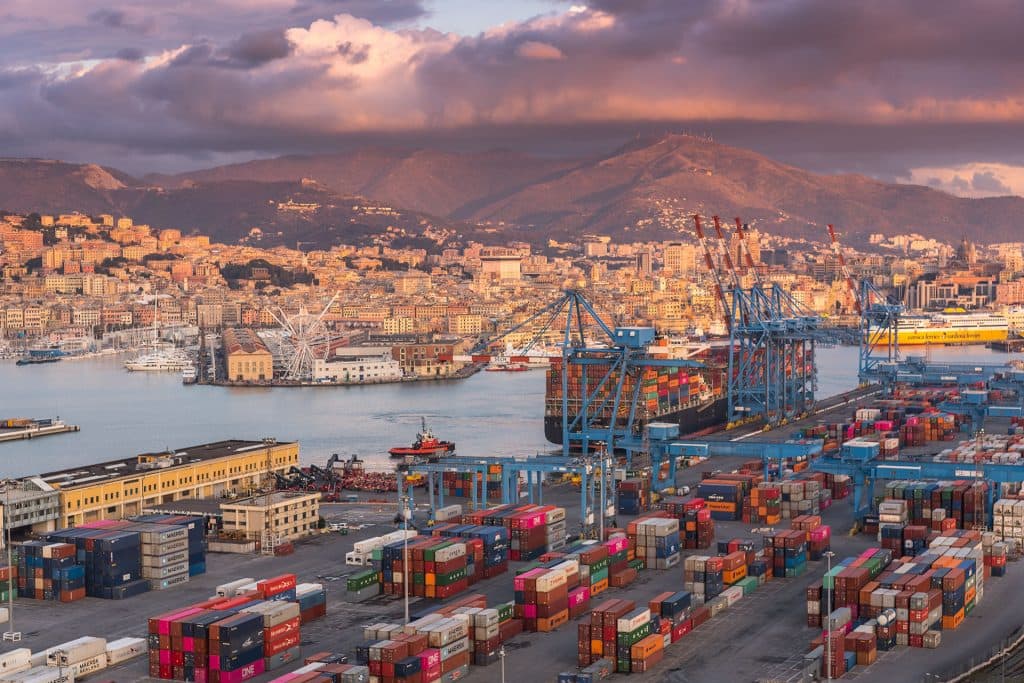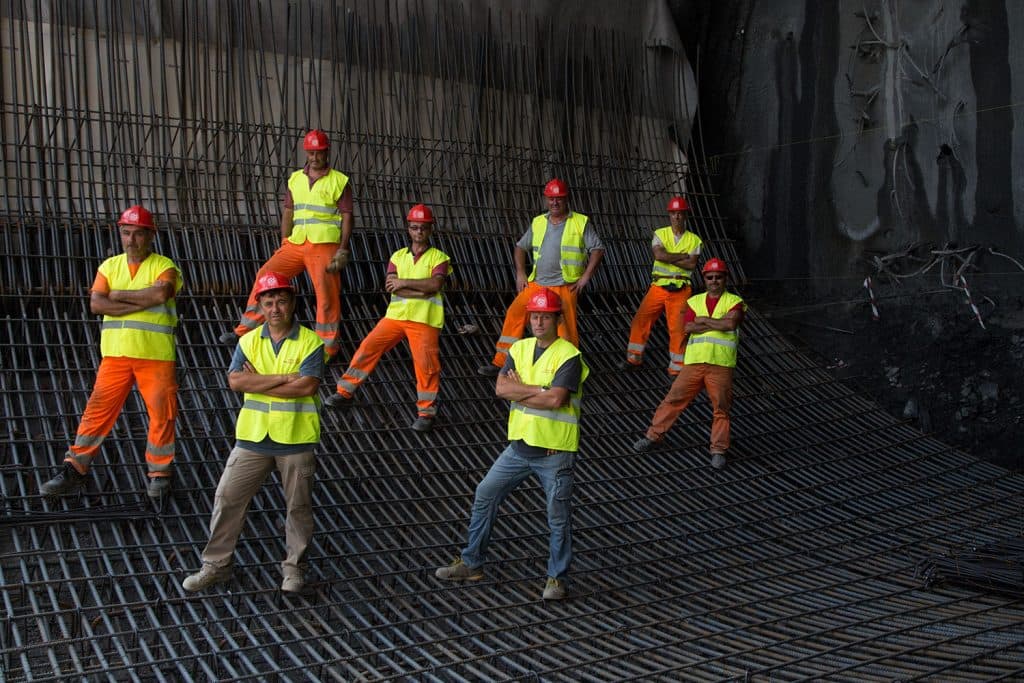
Genoa is getting a new start with the help of a series of public works.
Not only do they include the construction of the “PerGenova” bridge, which will restore one of the main connections between the port city and the surrounding area, but also a high-speed railway called the Terzo Valico dei Giovi. By connecting to Genoa’s ports, Italy’s largest, the railway promises to boost traffic significantly.
These public works should assist the port city’s recovery from last year’s tragic collapse of the Morandi Bridge. In 2017, the ports in and around Genoa handled 2.7 million TEUs (20-foot equivalent units), according to an official website. Since the disaster, the volume fell dramatically in 2018 and is expected to reach about 1.5 million TEUs this year. Jobs were affected, too. In the third quarter of 2018, the public pension fund, Istituto Nazionale Previdenza Sociale (INPS), reported a drop of 5,000 jobs in the Liguria region compared with the previous year, highlighting the negative impact of the bridge’s collapse on the economy.
These public works will reverse that trend. According to a study by Confederazione Italiana Sindacati Lavoratori (CISL), one Italy’s main unions, the completion of the six public works – the replacement of the Morandi Bridge, Terzo Valico dei Giovi, Gronda, the Genoa railway junction and the Aurelia highway extensions in Savona and La Spezia – would boost the region’s economy by €25 billion, creating 36,000 jobs, 8,000 of which would be direct and 28,000 in the broader economy.
The Italian government for Genoa and Liguria
The “Genoa package” approved by the government immediately after the Morandi Bridge tragedy includes a series of works to be carried out over the next three years.
Almost €2 billion of investments were approved with the package. Of these, €600 million come from private companies and €1.3 billion from state funds. Some €1 billion of the later amount was provided by an emergency budget measure.
These funds are necessary to help the city recover from the bridge collapse by developing an infrastructure network with better links between the port and the surrounding area, starting with an improved rail link between the port and the high-speed railway of the Terzo Valico dei Giovi.

Connecting Genoa with Europe through the Terzo Valico and the railway junction
The Terzo Valico dei Giovi – being built by a consortium led by Salini Impregilo — is certainly one of the most important projects for Genoa’s development and for the entire region. The 53-kilometre (32-mile) high-speed rail network will connect the port city with Turin and Milan by 2023, facilitating transport links elsewhere in Italy and Europe.
The European Union has included the Terzo Valico, part of the Rhine-Alps Corridor, among the priority projects of the Trans-European Transport Network (TEN-T), a massive plan to interconnect the railway networks of the member states.
At the construction site, the work proceeds at a rapid pace. With progress at 35%, it employs around 2,700 people, and will reach 15,000 direct and indirect jobs over the life of the project. On the railway line, which will receive a public investment of up to €6.2 billion, goods should run at a speed of 120 kilometres per hour (75 miles per hour) and passengers at 250 kilometres per hour (155 miles per hour). Travel times to Milan will fall by 40 minutes.
The Terzo Valico’s benefits will be fully exploited when the railway junction connecting the line with Genoa’s port is completed. On July 24, Italy’s Interministerial Committee for Economic Planning approved the allocation of €818 million to carry out the work, which is strategic precisely because it connects sea and rail transport, connecting the Mediterranean routes with Northern Europe.
Looking at the overall impact of the project, travel time between Genoa and Rotterdam (another of the European Union’s strategic logistics hubs), will fall to no more than three days compared to the nine days needed today for the sea crossing via around Spain and France. A historic change for sustainable mobility in Europe.

